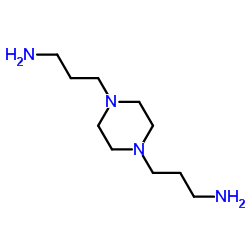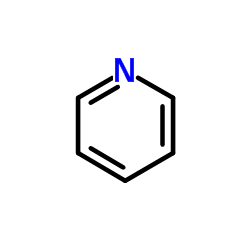| 结构式 | 名称/CAS号 | 全部文献 |
|---|---|---|
 |
1,4-双(3-氨丙基)哌嗪
CAS:7209-38-3 |
|
 |
吡啶
CAS:110-86-1 |
| 结构式 | 名称/CAS号 | 全部文献 |
|---|---|---|
 |
1,4-双(3-氨丙基)哌嗪
CAS:7209-38-3 |
|
 |
吡啶
CAS:110-86-1 |